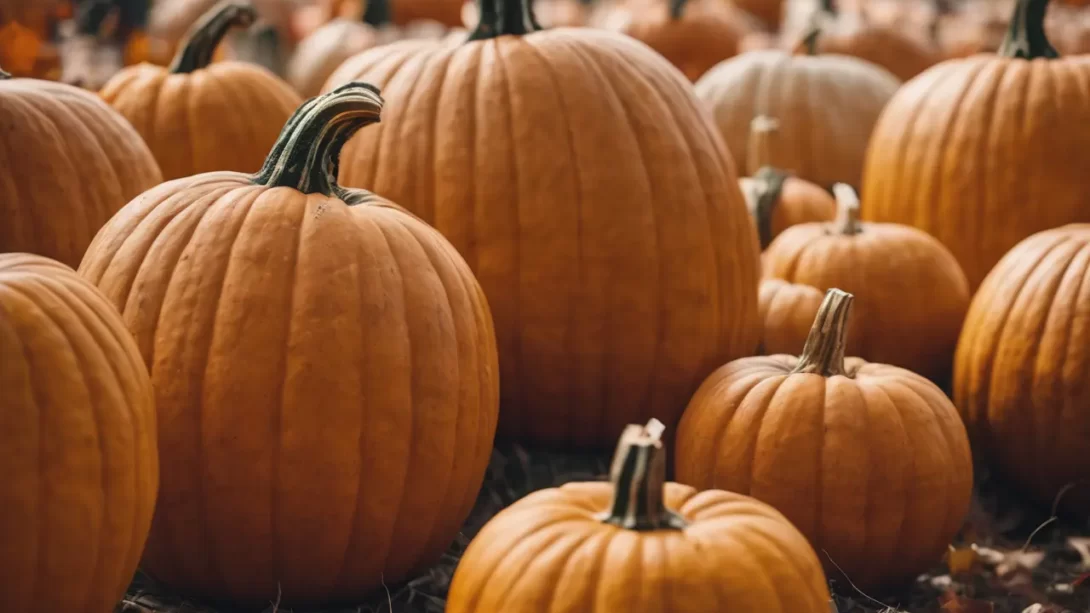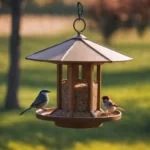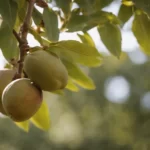Pumpkins, a symbol of fall and a staple in various culinary traditions, are well-known for their flesh and seeds. However, a common query among pumpkin enthusiasts is about the edibility of pumpkin skin. This article aims to delve into the nature of pumpkin skin and its place in our diets.
Pumpkin Skin
Pumpkin skin, or rind, varies in texture and thickness depending on the pumpkin variety. Some pumpkins have thin, tender skins, while others boast a thick, tough exterior. The nutritional content of pumpkin skin is also noteworthy. It contains fiber, vitamins, and minerals, though the exact nutritional profile can differ among various types of pumpkins.
Different pumpkin types, such as pie pumpkins, carving pumpkins, and heirloom varieties, have distinct skin characteristics. For instance, smaller pie pumpkins tend to have thinner, more edible skin compared to larger carving pumpkins.
Health Benefits of Pumpkin Skin
Eating pumpkin skin can offer several health benefits:
- Nutrient-Rich: Pumpkin skin is a good source of vitamins (such as vitamin A and C), minerals, and dietary fiber, contributing to overall health and digestion.
- Antioxidant Properties: The skin contains antioxidants, which are compounds known to combat oxidative stress and reduce inflammation.
- Dietary Fiber: The high fiber content in pumpkin skin aids in digestion and can contribute to a balanced diet.
These benefits suggest that incorporating pumpkin skin into meals can enhance the nutritional value of your diet.
Culinary Uses of Pumpkin Skin
Pumpkin skin can be quite versatile in cooking:
- Cooking Methods: Roasting is a popular method that softens the skin, making it more palatable. Boiling and steaming are other methods that can make the skin tender enough to eat.
- Recipes and Dishes: Pumpkin skin can be included in soups, stews, and roasted pumpkin dishes. It adds texture and nutrients to these meals.
- Preparation Tips: For a more enjoyable experience, it’s important to properly clean and prepare the pumpkin. Slicing the pumpkin into smaller pieces can also make the skin easier to eat.
Safety and Digestibility Concerns
When it comes to consuming pumpkin skin, there are several safety and digestibility factors to consider:
- Safety Considerations: Generally, pumpkin skin is safe to eat. However, it’s crucial to ensure that the pumpkin has not been treated with pesticides or wax coatings, especially if it’s not organically grown. Thoroughly washing the skin can help remove surface chemicals.
- Digestibility: While pumpkin skin is edible, its digestibility varies. Thinner skins are usually more tender and easier to digest, whereas thicker skins might be tougher and more challenging, especially for those with sensitive digestive systems.
- Precautions: Individuals with digestive issues should start with small amounts to gauge their body’s reaction. It’s also advisable to consume pumpkin skin that has been cooked well to aid in easier digestion.
Understanding these aspects ensures a safe and enjoyable experience when incorporating pumpkin skin into meals.
How to Choose and Prepare Pumpkins for Eating the Skin
Selecting the right pumpkin and preparing it correctly are key steps in safely consuming the skin:
- Choosing Pumpkins: Opt for smaller, cooking varieties like sugar pumpkins or pie pumpkins, which generally have thinner and softer skins. Organic pumpkins are a safer choice as they are less likely to have pesticide residues.
- Cleaning and Preparing: Wash the pumpkin thoroughly under running water, using a brush to scrub the skin. This is essential to remove any dirt, bacteria, or chemical residues.
- Storage: Store pumpkins in a cool, dry place to maintain their quality. Freshness is important, as the skin of older pumpkins can become tougher and less palatable.
These preparation steps are crucial for anyone looking to include pumpkin skin in their cooking.
Alternatives to Eating Pumpkin Skin
If you choose not to eat the skin of a pumpkin, there are several sustainable and creative alternatives:
- Composting: Pumpkin skin can be composted, turning it into a nutrient-rich soil amendment for gardens.
- Crafts and Decorations: The skin can be used in various craft projects, especially during Halloween and Thanksgiving seasons. Carving, painting, or using the skin as a stencil are a few creative ideas.
- Animal Feed: In some cases, pumpkin skin can be used as a treat for certain animals, but it’s important to confirm its safety for the specific animal first.
These alternatives are excellent ways to utilize pumpkin skin, reducing waste and promoting sustainability.
Conclusion
In conclusion, pumpkin skin is not only edible but can also be a nutritious addition to your diet, offering fiber, vitamins, and antioxidants. When choosing pumpkins for their skin, it’s best to opt for organic varieties and ensure they are thoroughly cleaned to remove any contaminants. Cooking methods like roasting, boiling, or steaming can help soften the skin, making it more palatable and digestible.
However, it’s important to be mindful of individual digestive sensitivities and start with small amounts if you’re new to eating pumpkin skin. For those who prefer not to consume it, composting, crafts, or use as animal feed present viable alternatives.
Incorporating pumpkin skin into your diet or utilizing it in other ways can be a step towards a more sustainable and health-conscious lifestyle. As with any food, enjoying it in moderation and paying attention to how your body reacts is key. Whether in your next autumn stew or as part of your garden compost, pumpkin skin offers versatility and benefits worth exploring.



